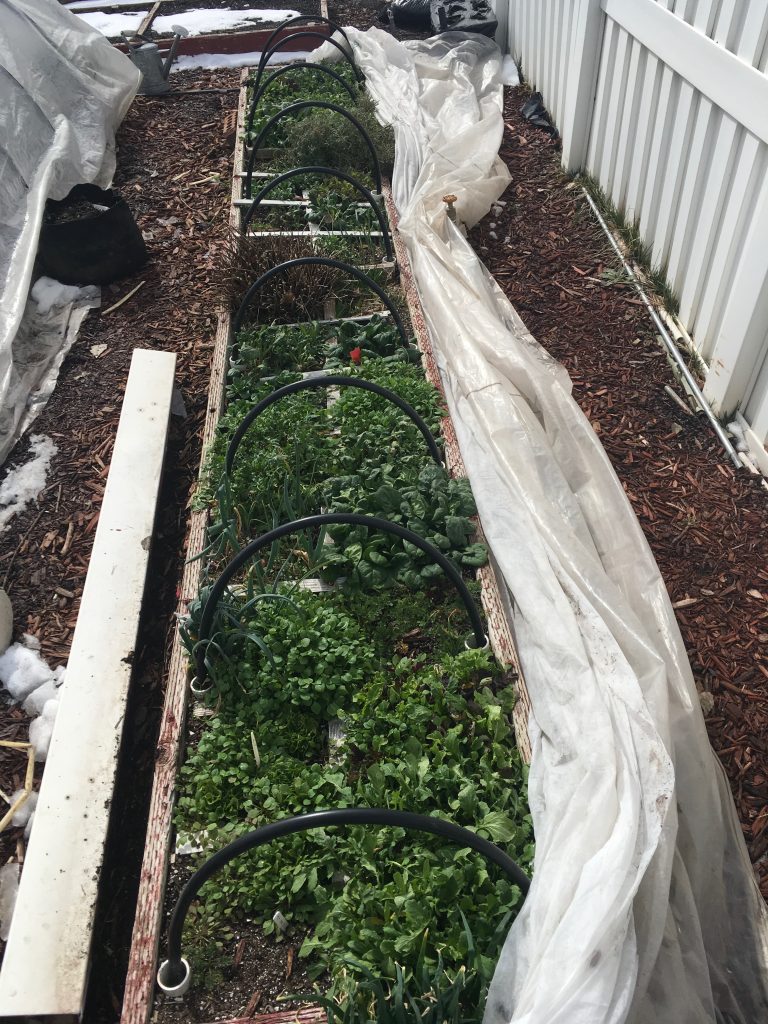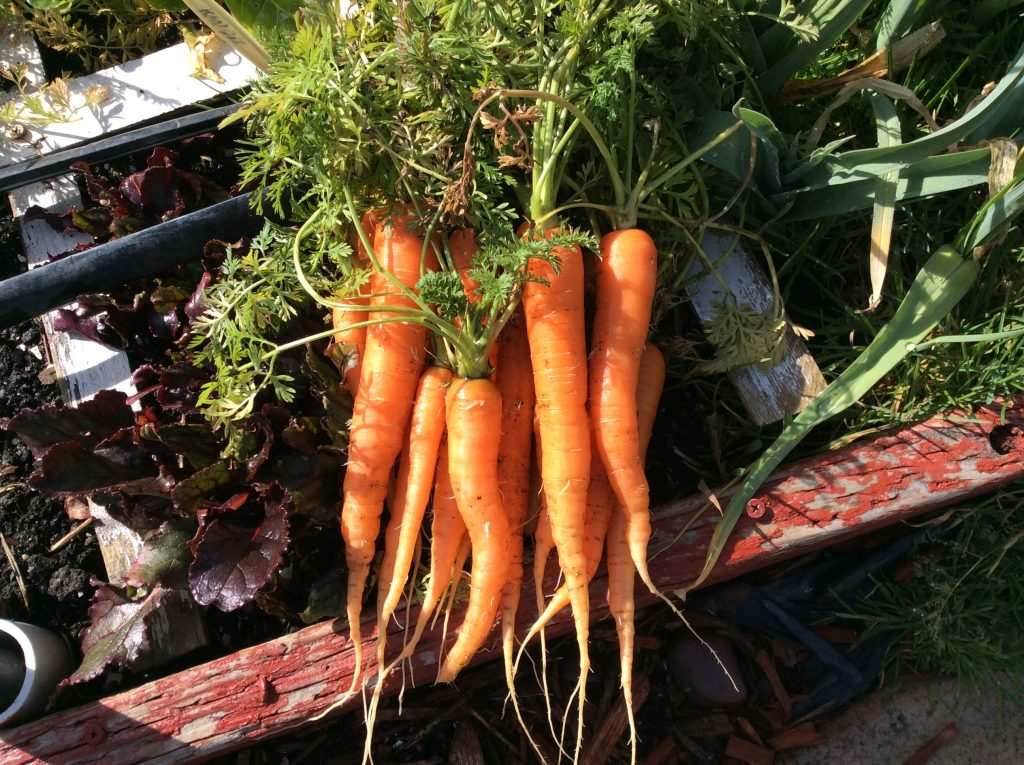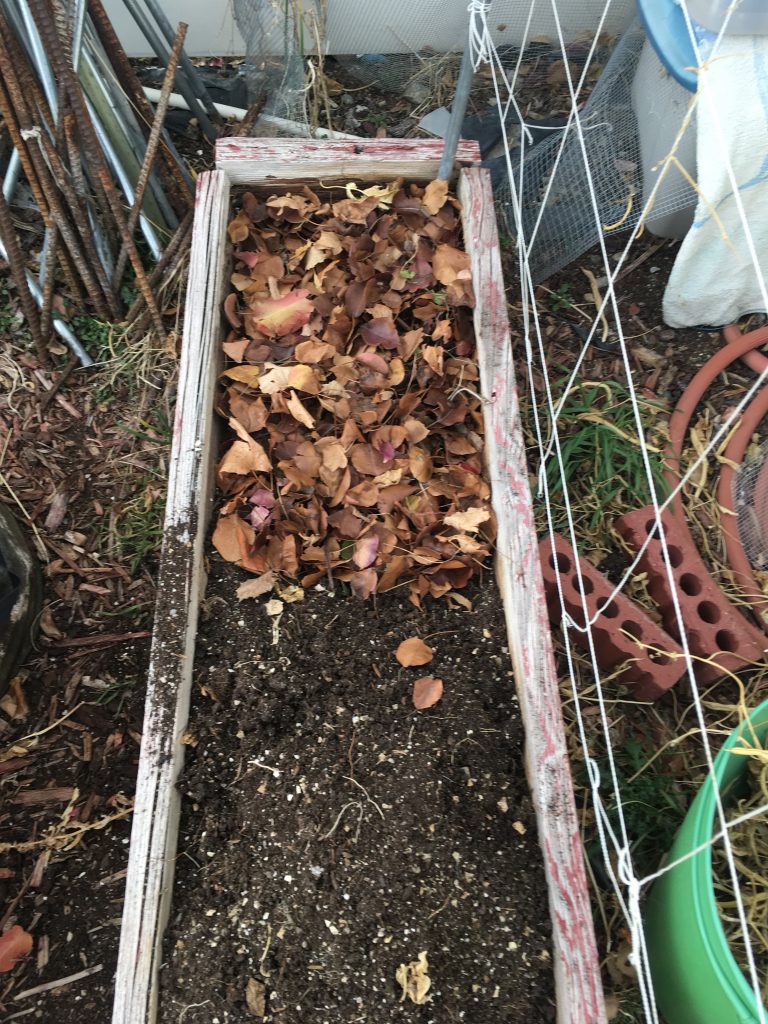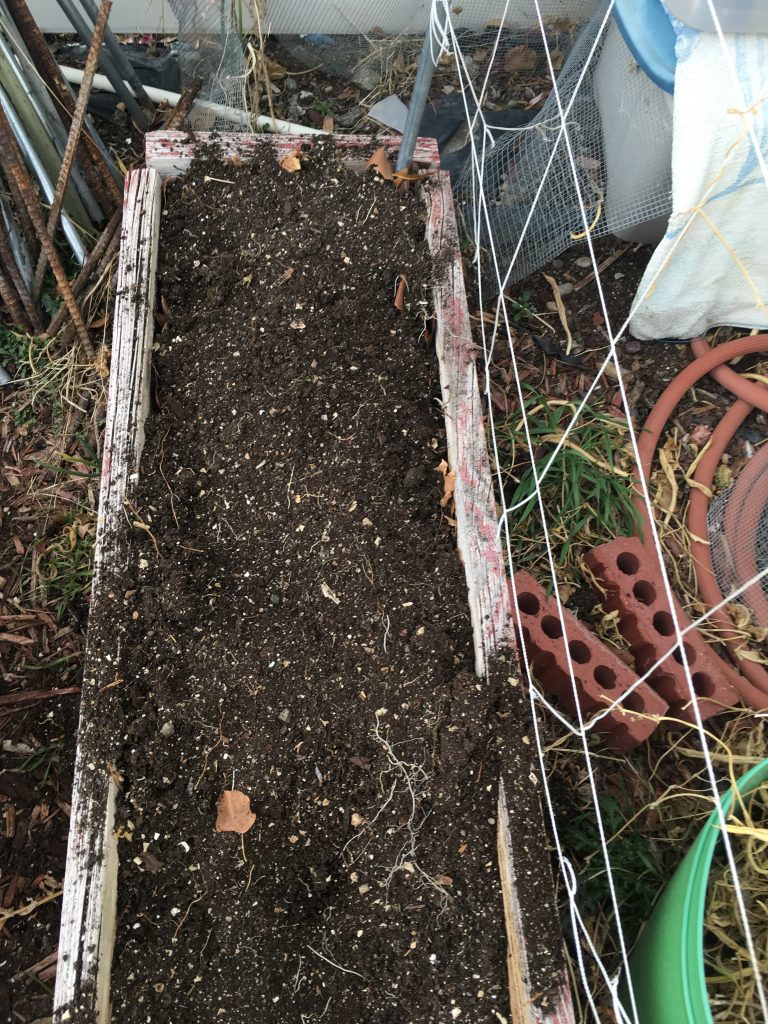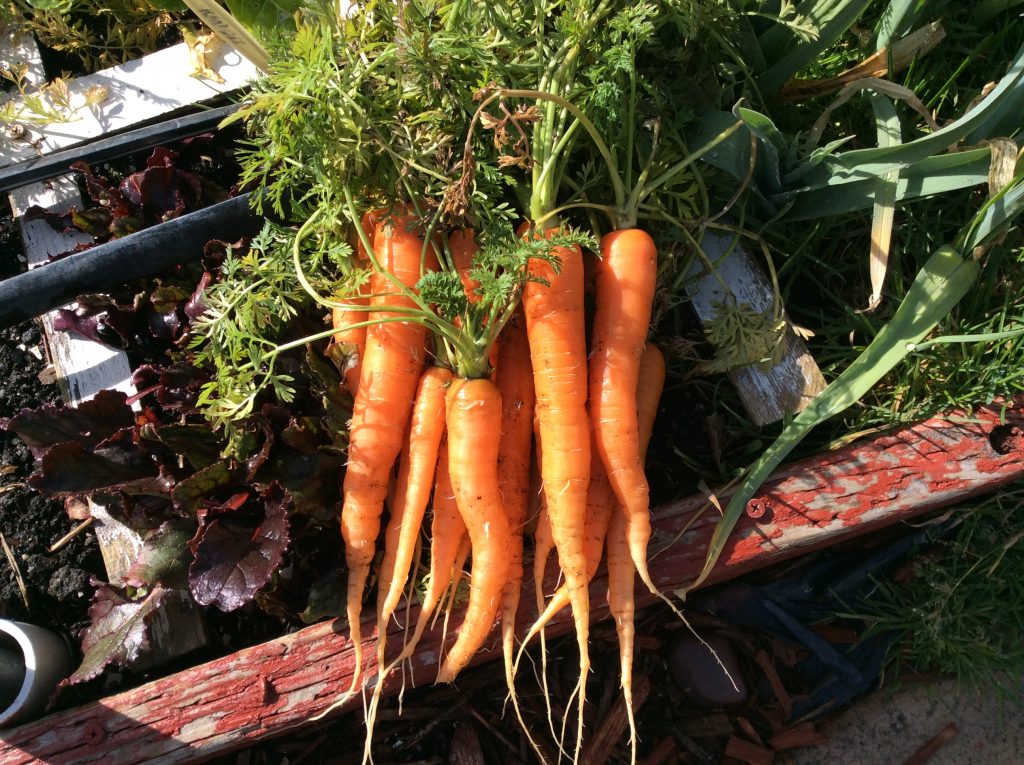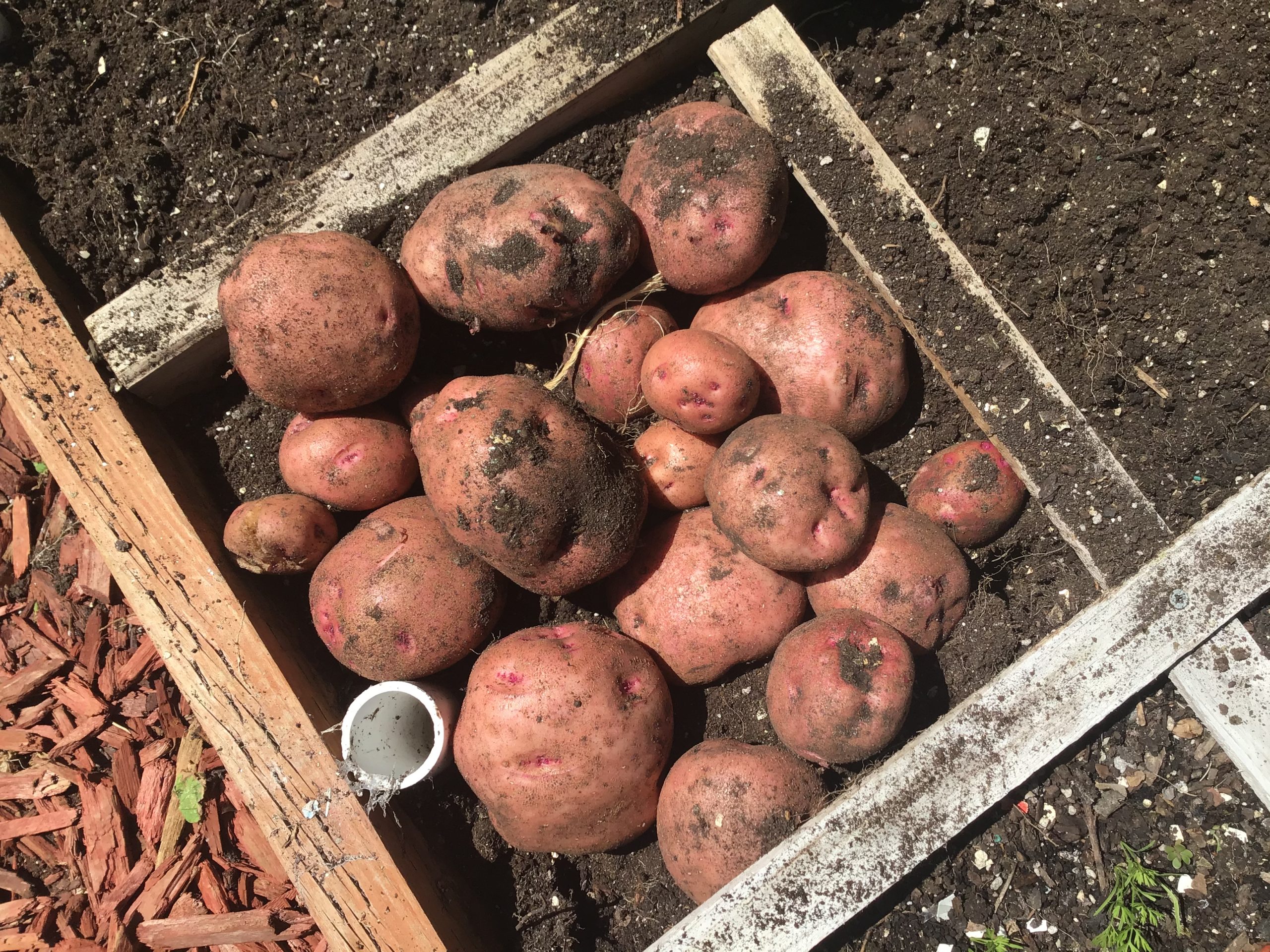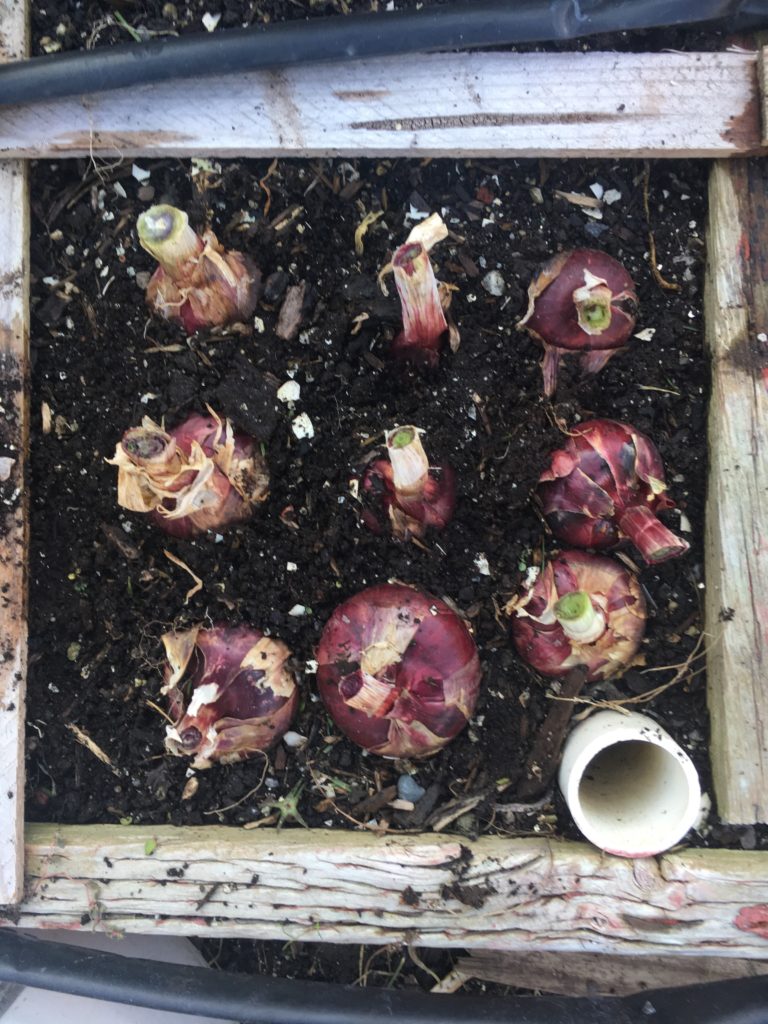 Its been another really fun year. I’ve been able to begin growing and selling some of my crops to local restaurants who appreciate organic growing. It’s seasonal, which they know about in advance. This is a nice picture of 9 red onions. They’re very sweet and taste much better than anything you’ll find in the market. They are planted 9 to a square and I’ve got 3 full squares right now. Twenty seven fresh red onions to take me through the winter. Or, sell to a restaurant.
Its been another really fun year. I’ve been able to begin growing and selling some of my crops to local restaurants who appreciate organic growing. It’s seasonal, which they know about in advance. This is a nice picture of 9 red onions. They’re very sweet and taste much better than anything you’ll find in the market. They are planted 9 to a square and I’ve got 3 full squares right now. Twenty seven fresh red onions to take me through the winter. Or, sell to a restaurant.
My site will be undergoing some significant changes in the near future. I’m sure it will be much improved. The new items included will be videos, an easy to find class events calendar, available ebooks, and recipes. There will also be a place to enter your email address in order to receive season updates on square foot gardening, or what I may be doing during any particular time of year.
